Badlands Media will always put out our content for free, but you can support us by becoming a paid subscriber to this newsletter. Help our collective of citizen journalists take back the narrative from the MSM. We are the news now.
This piece will go over the basics of Hermeticism.
Hermeticism or Hermetism is a philosophical system based on the purported teachings of Hermes Trismegistus (a legendary Hellenistic combination of the Greek god Hermes and the Egyptian god Thoth). The term Hermetic is derived from the medieval Latin hermeticus, which itself is derived from the name of the Greek god Hermes.
The various teachings that are attributed to Hermes span several centuries (c. 300 BCE – 1200 CE). The term “Hermeticism” is most commonly used to describe the religio-philosophical system put forth by a specific subgroup of writings known as the “Religio-philosophical Hermetica”, the most popular being the Corpus Hermetica (a collection of seventeen Greek Hermetic treatises written between c. 100 and c. 300 CE) and the Asclepius (a treatise from the same period mainly surviving in a Latin translation). These texts dwell on the oneness and goodness of God, urge purification of the soul, and expand on the relationship between mind and spirit.
“Hermeticism” can also be seen as an open-ended term, which may refer to a wide variety of philosophical systems drawing on Hermetic writings, or even merely on the subject matter generally associated with Hermes (most notably, alchemy often went by the name "the Hermetic art" or "the Hermetic philosophy").
Though hermeticism often gets a bad rap for having been practiced by the Freemasons and the Hermetic Order of the Golden Dawn, the teachings themselves are relatively neutral. It is the way that these teachings are applied that determines whether they are for good or ill.
Origins
Hermeticism is commonly believed to have originated during the time period we refer to as “Late Antiquity” (3rd–7th centuries), though others believe that these teachings may have existed as far back as 15th to 13th century BCE. If we are to subscribe to popular belief, hermeticism could be seen as having emerged in parallel with early Christianity, Gnosticism, and Neoplatonism. There is also believed to be some overlap with the Chaldaean Oracles, and late Orphic and Pythagorean literature.
The Corpus Hermeticum, on which we will be primarily focusing, has been dated by modern scholars and translators as having originated in the second century or earlier. These works would be reintroduced to the mass consciousness during the renaissance after having been seemingly lost to the ages (or intentionally obscured).
Hermes Trismegistus
As we mentioned, Hermeticism is based on the teachings of Hermes Trismegistus, but who is this elusive character? The name “Hermes Trismegistus” comes from ancient Greek, and translates to "Hermes the Thrice-Greatest". The father of Hermeticism is typically referred to as “a legendary Hellenistic figure” that originated as a syncretic combination of the Greek god Hermes and the Egyptian god Thoth.
Among the admirable qualities of the ancient Greeks was the universality of their theological vision. Unlike their Semitic counterparts, the Greeks claimed no uniqueness for their deities but freely acknowledged that the Olympians often had exact analogs with the gods of other nations. This was particularly true of Egypt, whose pantheon the Greeks revered as prototypes of their own. It was a truth frequently recognized by the cultured elite of Greek society that some of the Egyptian gods, such as Isis, were of such great stature that they united within themselves a host of Greek deities. The Romans, fully aware that their gods were repurposed Greek deities, followed the example of their predecessors. As the Roman Empire expanded to occupy various Mediterranean lands, including Egypt, the ascendancy of the archetypes of some of the more prominent Egyptian gods became evident.
Greeks in the Ptolemaic Kingdom of Egypt recognized the equivalence of Hermes and Thoth through what is known as the interpretatio graeca, or “greek translation,” which is a discourse used to interpret or attempt to understand the mythology and religion of other cultures. Consequently, these two gods would be worshiped as one.
Example: The Temple of Thoth in Khemenu, would be known in the Hellenistic period as Hermopolis.
Determining what is truth and what is legend regarding the being immortalized as Hermes and Thoth will inevitably lead you through a labyrinth of dense and sometimes conflicting information. Suffice it to say, Hermes/Thoth, who may or may not have been a real individual or multiple individuals, is considered the founder of science, religion, mathematics, geometry, alchemy, philosophy, medicine, and magic.
Hermes is also credited with tens of thousands of writings of high standing. Plato's Timaeus and Critias state that in the temple of Neith at Sais, there were secret halls containing historical records that had been kept for 9,000 years. Clement of Alexandria was under the impression that the Egyptians had forty-two sacred writings by Hermes, encapsulating all the training of Egyptian priests.
The origin of the descriptor Trismegistus or "thrice great" is unclear. Some reports that this name was first found in the minutes of a meeting of the council of the Ibis cult, held in 172 BCE near Memphis in Egypt. Other scholars assert that the earliest occurrence of the name was in the Athenagora by Philo of Byblos circa 64–141 CE. Another explanation is that the name is derived from an epithet of Thoth found at the Temple of Esna, "Thoth the great, the great, the great."
Many Christian writers, including Lactantius, Augustine, Giordano Bruno, Marsilio Ficino, Campanella, and Giovanni Pico della Mirandola considered Hermes Trismegistus to be a wise pagan prophet who foresaw the coming of Christianity. They believed in a “prisca theologia”, the doctrine that a single, true theology exists, which threads through all religions, and which was given by God to man in antiquity and passed through a series of prophets, which included Zoroaster and Plato. In order to demonstrate the verity of the prisca theologia Christians appropriated the hermetic teachings for their own purposes. By this account, Hermes Trismegistus was either, according to the fathers of the Christian church, a contemporary of Moses or the third in a line of men named Hermes, i.e. Enoch, Noah, and the Egyptian priest-king who is known to us as Trismegistus, or "thrice great" on account of being the greatest priest, philosopher, and king.
This last account of how Hermes Trismegistus received the appellation "Trismegistus," is derived from statements in the Emerald Tablet of Hermes Trismegistus, that he knows the three parts of the wisdom of the whole universe. The three parts of wisdom are alchemy, astrology, and theurgy. The Divine Pymander (or Poemander), from which Marsilio Ficino formed his opinion, states that "they called him Trismegistus because he was the greatest philosopher and the greatest priest and the greatest king".
In this author's opinion, rather than thinking of Hermes as an actual individual, it is better to think of Hermes as an archetype of the truthseeker, the ultimate goal of truthseekers, or hidden knowledge personified.
The Hermetic Works
The Emerald Tablet
Hermes is the author of the famed Emerald Tablet, which is the source of perhaps the ost well-known hermetic dictum: “As above, so below”. The Emerald Tablet was seen as the key to astrology, alchemy, and other occulted sciences, and has a history just as mysterious as its purported author.
The Emerald Tablet was highly regarded by Islamic and European alchemists as the foundation of their art. Though attributed to Hermes, the text of the Emerald Tablet first appears in a number of early medieval Arabic sources, the oldest of which dates to the late eighth or early ninth century. It was translated into Latin several times in the twelfth and thirteenth centuries. Numerous interpretations and commentaries followed.
The artifact is believed by history’s greatest alchemists to harbor the secret of the “prima materia” and the Philosopher’s Stone, a substance that supposedly transmutes base metals such as lead into gold. The 14 stanzas of the Emerald Tablet are undoubtedly the very foundation of European alchemy,
The Emerald Tablet was not a large tome of instructive texts like most other alchemical writings, rather it was a small batch of concise texts carved into a single emerald slab. Despite the fact that you could read the entirety of the emerald tablet in a matter of minutes, many scholars would dedicate their lives to puzzling over the texts meaning. Sir Isaac Newton would dedicate the later portions of his life to studying the tablet.
[If you care to peruse the various translations of the Emerald Tablet, you can do so HERE]
The Divine Pymander
According to the author, scholar, and lecturer Manly P. Hall, the Divine Pymander was the greatest work of Hermes Trismegistus. The Divine Pymander is written in a similar fashion to the Emerald Tablets, which reads like a discourse. The discourse is between Hermes or the archetypical truth seeker, and a being known as Pymander, which could be seen as a source of higher wisdom.
The name Pymander is of Greek and not Egyptian type; it is variously spelled Pimander and Poemandres. Its derivation appears to be from poimen—a shepherd, and aner, genitive plural andron, and so the Guide of Man, Shepherd of men, and is nearly equivalent to Messiah. In this tract, the Pymander is giving instruction to Hermes the sage, in the capacity of Divine teacher to human pupil. A parallel conception is seen in the Bhagavad Gita, where Krishna teaches Arjuna.
Blavatsky in The Secret Doctrine refers to the Pymander as the “Thought Divine,” the Inspired Teacher of that Race. She speaks of Pymander as “the oldest and most spiritual of the Logoi of the Western continent.” She also notices the possibility of a Hebrew derivation from PI, meaning a mouth, command, or instruction.
If you care to read the texts for yourself, you can do so HERE.
In so much flowery language and distorted translations, it seems to put forth the same things you’ll find in the more recent Kyballion, which basically gives a concise summary of the seven Hermetic principles:
The Principle of Mentalism
“The all is mind; the universe is mental.”
The Principle of Correspondence
“As above, so below, as below, so above. As within, so without, as without, so within.”
The Principle of Vibration
“Nothing rests; Everything moves; Everything vibrates.”
The Principle of Polarity
“Everything is dual, everything has poles and everything has its pair of opposites; Like and unlike are the same; Opposites are identical in nature, but different in degree; Extremes meet; All truths, are but half-truths; All paradoxes may be reconciled.”
The Principle of Rhythm
“Everything flows, out and in; Everything has its tides; All things rise and fall.”
The Principle of Cause and Effect
“Every cause has its effect; Every effect has its cause.”
The Principle of Gender
“Gender is in everything; Everything has its masculine and feminine principles.”
These principles have been expanded upon by countless commentators, but I suggest it is up to the individual to really determine what they mean. You can apply any one of these principles to just about anything in life and meditate on the possible meanings. It is an adventure best spent inward, and not tainted by the distortions of others.
So there you have it folks, the very basics.
From here, if you wish, you can dive into the various texts and see if there is anything worth taking with you. When it comes to spirituality, we have the tendency to be tribalist and see things in black and white. Some believe that anything outside of the specific sect of their specific religion isn’t even worthy of consideration. I tend toward the old Bruce Lee adage:
“Absorb what is useful, discard what is useless, and add what is specifically your own.”
Badlands Media articles and features represent the opinions of the contributing authors and do not necessarily represent the views of Badlands Media itself.
If you enjoyed this contribution to Badlands Media, please consider checking out more of my work for free at Underground Newswire.




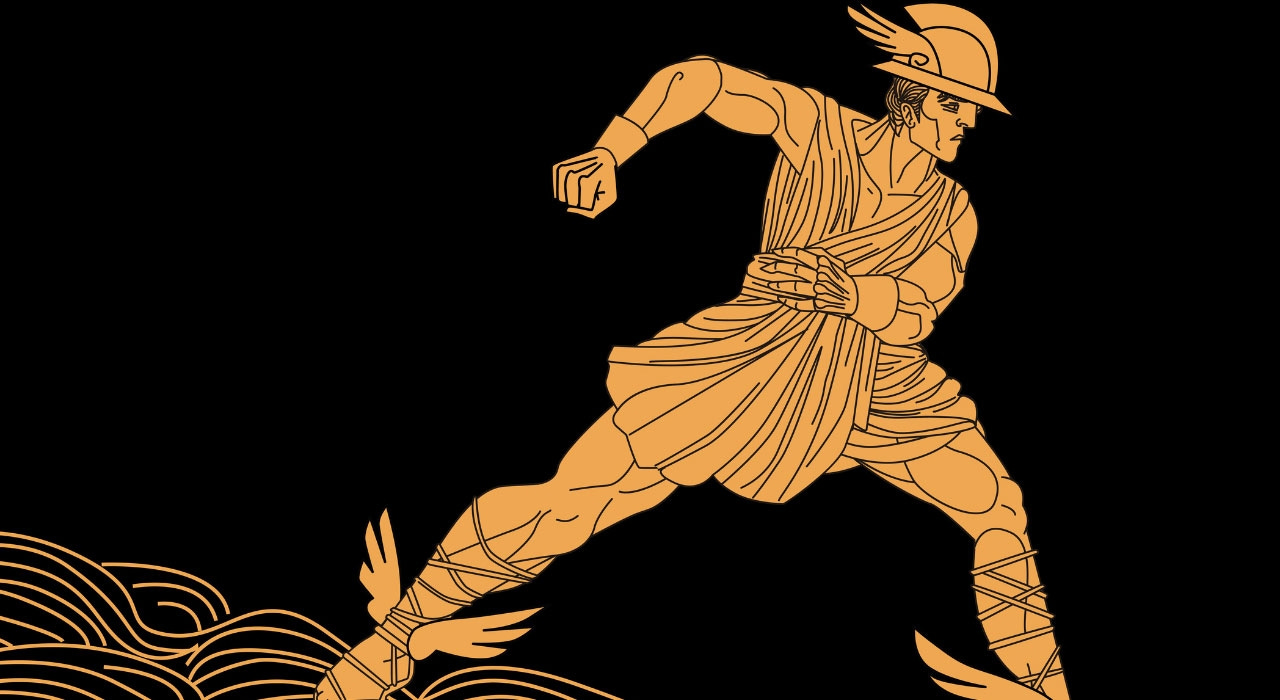
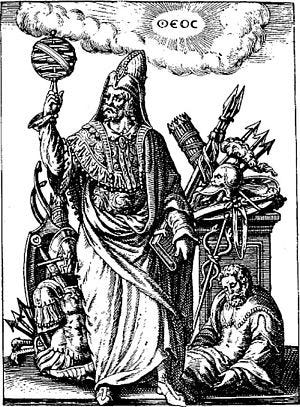
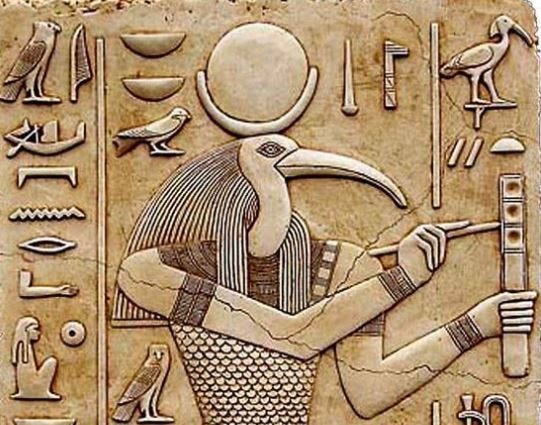
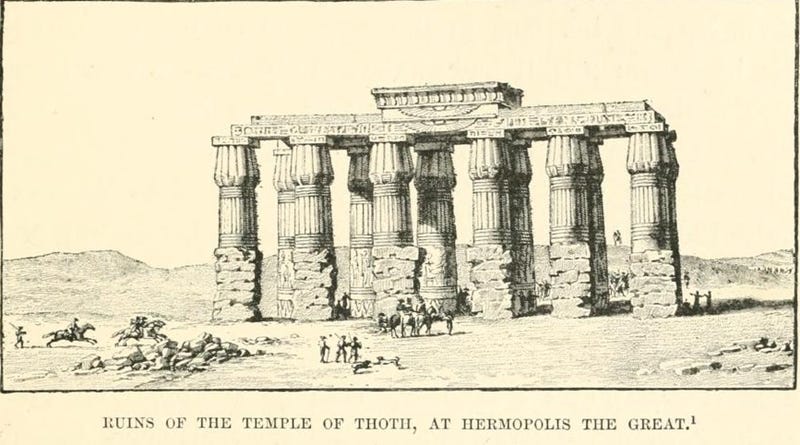
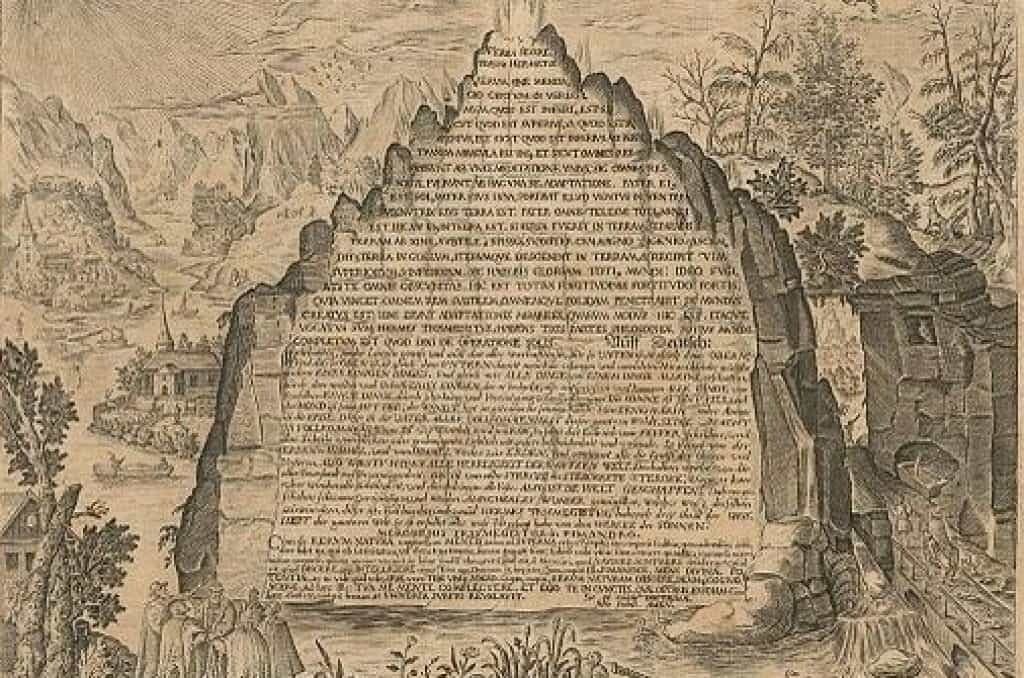
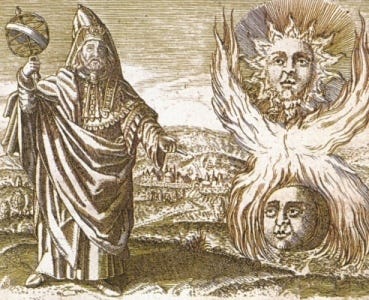
All of the worlds great religions (and here we could include Communism, Free Masonry, The Science, and many more besides), in as much as it is possible, have been bent towards the control and division of man. If we are to free ourselves and our fellow man we must suss out the real Truth, Beauty, Goodness, and Joy, that has been twisted into our chains. Articles such as the above shed light on that forge of lies and should be examined in that context, not used blindly as proof of malevolence further contributing to the division of those who might work together and casting yet another chain upon the minds those who would be free.
In other words if this article pissed you off check your dogma, it’s not your strength it’s your cell.
Thanks for sharing this. I studied these disciplines for a number of years during the 60s and 70s and have several volumes on these teachings. I am very happy that some people are reawakening to the teachings of the wise pagan practitioners. I studied comparative religions and beliefs. Enlightenment is all. All is not lost.